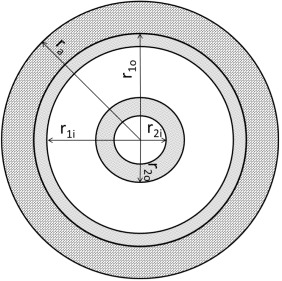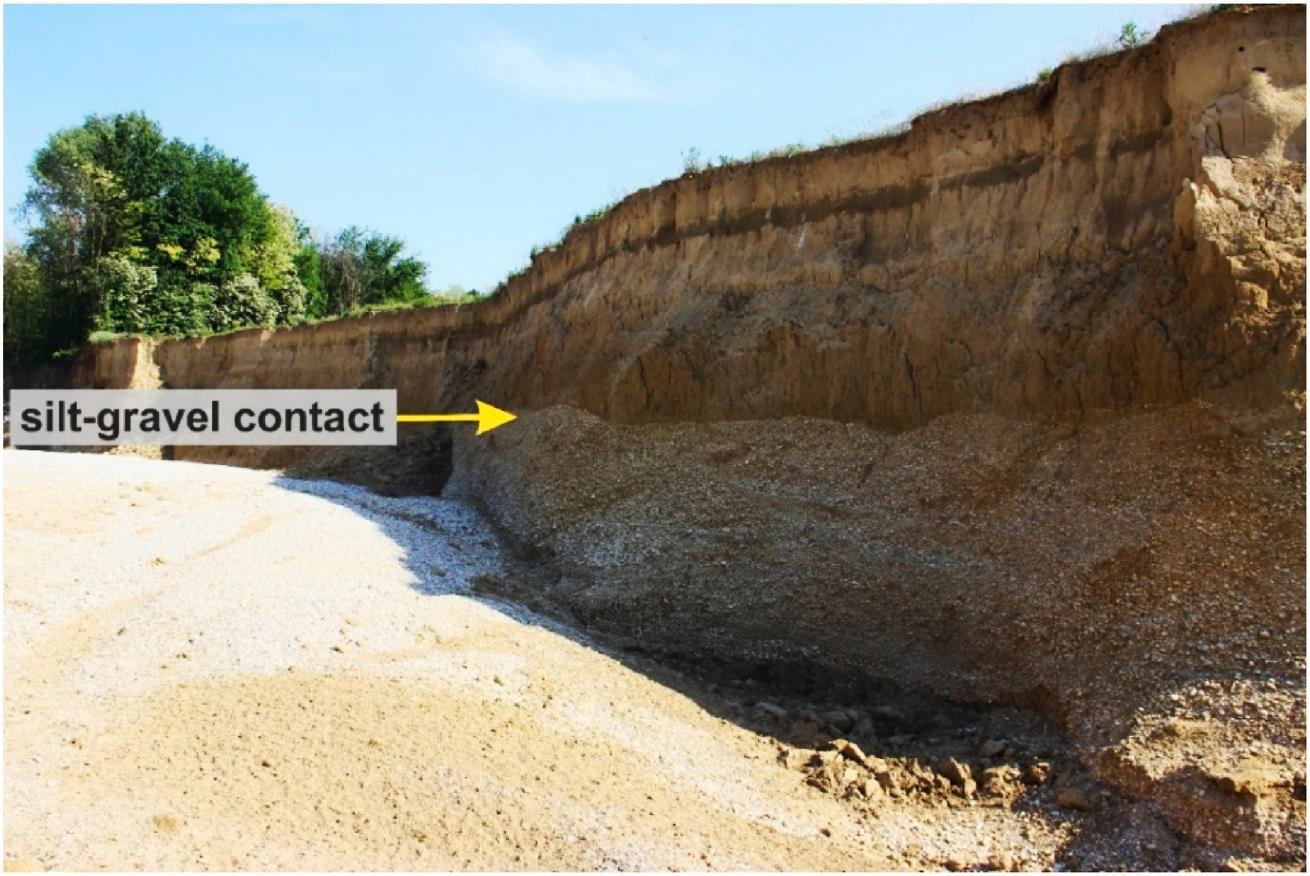Department of Seismotectonics is concerned with studies of natural seismic phenomena linked to dynamic and tectonic development of structures in the earth crust, particularly in its upper part, and with studies of seismic phenomena induced by anthropogenic activities. The department develops applications for evaluations of geophysical monitoring, as well as monitoring devices and methodology for monitoring seismicity in earth crust and of its impact on stability of rock environment.
1. SEISMIC MONITORING
The Department of Seismotectonics participates in operating permanent and temporary seismic stations distributed in several countries (the Czech Republic, Slovakia, Iceland, Ethiopia). Most of the stations belong to the European Plate Observing System (EPOS). The data are used for basic research and monitoring seismic activity to aid in seismic-hazard issues associated with important infrastructure.
2. SEISMIC AND VOLCANIC HAZARD
The seismic activity in the Czech Republic is moderate. However, significant seismic hazard is connected with strong earthquakes in the Eastern Alps. The department develops new methods for seismic hazard assessment of nuclear installations in the Czech Republic. Volcanic hazard is also an important research element with efforts made in developing models or scenarios of magma flow and magma behavior in low pressure conditions close to the surface and inside scoria cones.
3. SURFACE WAVES
A significant part of the research focuses on surface waves which are robust data that can be used to analyze the structure of near-surface zones not only on Earth but even on the Moon. Major efforts are directed toward inventing and validating new methodologies in both computational aspects and practical considerations related to field procedures and measurements.
4. INDUCED SEISMOLOGY
Study of microseismicity and induced seismicity includes case stories, mechanisms of microearthquakes, statistical analysis of induced seismicity and methodological aspects of the attenuation from weak events. It is critical to find differences between natural and induced seismicity and geomechanically interpret observations in order to better understand the relationship between fluid injection and reservoir response.
International Cooperation
Cooperation with prof. Yibo Wang and his team.
Developing and application of the methodology of active/passive source structural imaging supplemented by the work related to seismic signal denoising and monitoring.
The research line about the joint acquisition and analysis of surface waves (Holistic Analysis of Surface Waves) was/is partly accomplished in cooperation with ISPRA and, during the March 2015 - March 2016 period, in the framework of the Visiting Professor Program of the King Saud University (Riyadh, Saudi Arabia). The implemented methodology was considered also for the Bachelor and PhD theses of two students (one from Italy/Ghana, the other from Iran).
Cooperation with the Institute of Methodologies for Environmental Analysis (IMAA) of the National Research Council of Italy (CNR) (based on bilateral cooperation between the Czech and Italian Academy of Sciences) on improving the detection and localization of weak earthquakes in the area of High Agri Valle and oil fields in North America, velocity and attenuation model inversion (Wcislo et al., 2018) and differentiation between natural earthquakes and earthquakes triggered/induced by human activity (Vlček et al., 2018; Telesca et al., 2016).
The methodology for analysis of surface waves was applied in the framework of informal cooperation with the University of Trieste (Italy) [some results were published in a conference proceeding and a chapter of the book Efficient Joint Analysis of Surface Waves and Introduction to Vibration Analysis: Beyond the Clichés (to be published by Springer).
Research on visualization of volcanic structures and magma emplacement. International field courses for students focused to volcanologya and visualization of inner structure of volcanoes using geophysical methods.
Cooperation with TU Bergakademie Freiberg, Geological Department, Head of the Department prof. Lothar Ratchbacher. In June and July 2018, a team member RNDr. Lucie Novakova, Ph.D. got a scholarship funded by DAAD. They studied thermochronological evolution of the Naab area (W part of the Bohemian Massif) using fission-track analysis.
Project GAP210/10/0925 "Rotational components of seismic waves for local shallow earthquakes and artificial sources" (2010-2013, GA0/GA)
Continuation of the project to the Ministry of Education-AMVIS "the six-continuous monitoring of seismic swarms in the areas of Long Valley Caldera and The Geysers, California."
Monitoring and analysis of seismic phenomena.
Analysis of detection-induced seismicity at injection of wastewater
A bilateral project was formulated together with Dr. Charles Langstone, Center of Earthquake Research and Information, University of Memphis.
Student mentoring, geohazard monitoring. Development projects financed by the Czech Development Agency.
The research line about the joint acquisition and analysis of surface waves (Holistic Analysis of Surface Waves) was/is partly accomplished in cooperation with ISPRA and, during the March 2015 - March 2016 period, in the framework of the Visiting Professor Program of the King Saud University (Riyadh, Saudi Arabia). The implemented methodology was considered also for the Bachelor and PhD theses of two students (one from Italy/Ghana, the other from Iran).
Under the project "Earthquake swarms and their triggering mechanisms in diverse tectonic environments (Bohemian Massif, Mid-Atlantic Ridge, Western Alps)" we set up a seismic network on Reykjanes peninsula in the southeast Iceland. All 15 stations were placed during August/September of 2013 to monitor earthquake activity in this region for at least 2 years.
Measured data allow us to study the seismic source and to compare the seismic activity with other regions of earthquake swarms.
In 2010 we initiated a cooperation with Icelandic Met Office and started a common comparative study of West Bohemian and South Icelandic earthquakes. We analyzed catalogues of over 20 years of observations and we found out that the swarms in West Bohemia and South Iceland are alike.
Grant project reference: GAP210/12/2336
The characterization of building vibrations through an analysis of microtremor data (see GHM techniques) was accomplished thanks to cooperation with a Swiss company (www.roXplore) and a researcher from the Institute for Geotechnical Engineering, ETH Zürich, Switzerland.
Monitoring and analysis of seismic phenomena.
An association of countries for improving the monitoring of seismic activities in the border regions and to enhance the collaboration between countries and seismological institutions in Central and Eastern Europe.
Geological mapping, mapping of geohazards and their mitigation. Development projects financed by the Czech Development Agency.
5D seismic monitoring and interpretation of the seismicity in the Hualien region at East coast of Taiwan.



